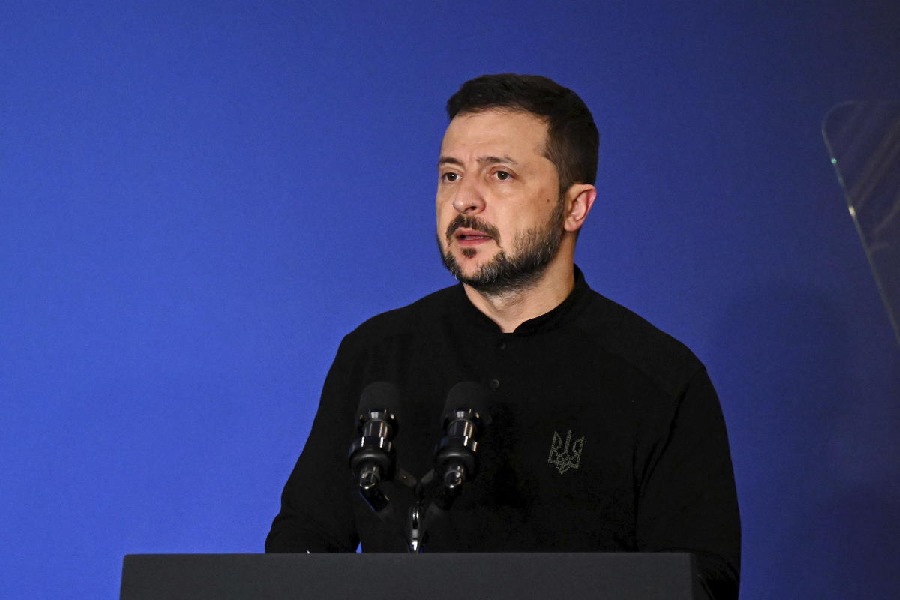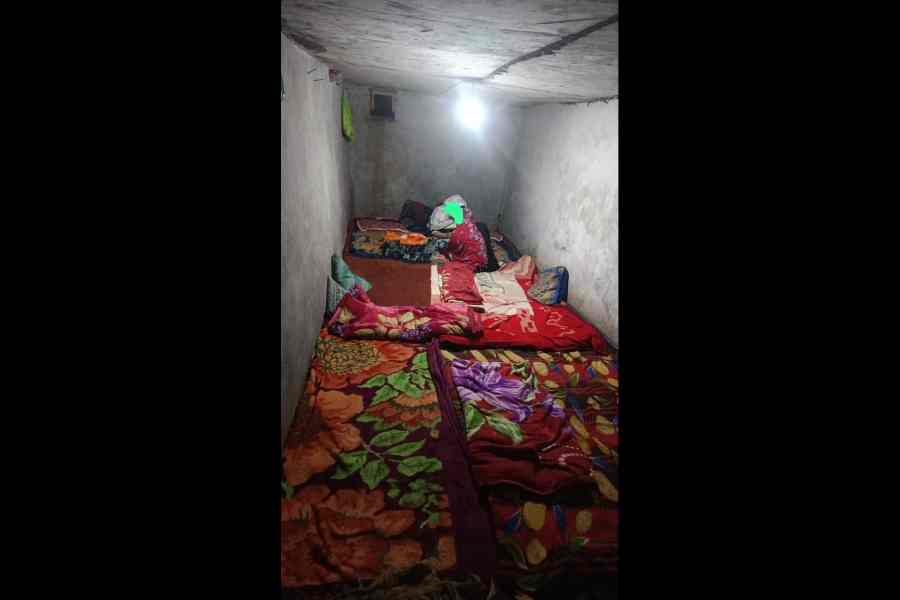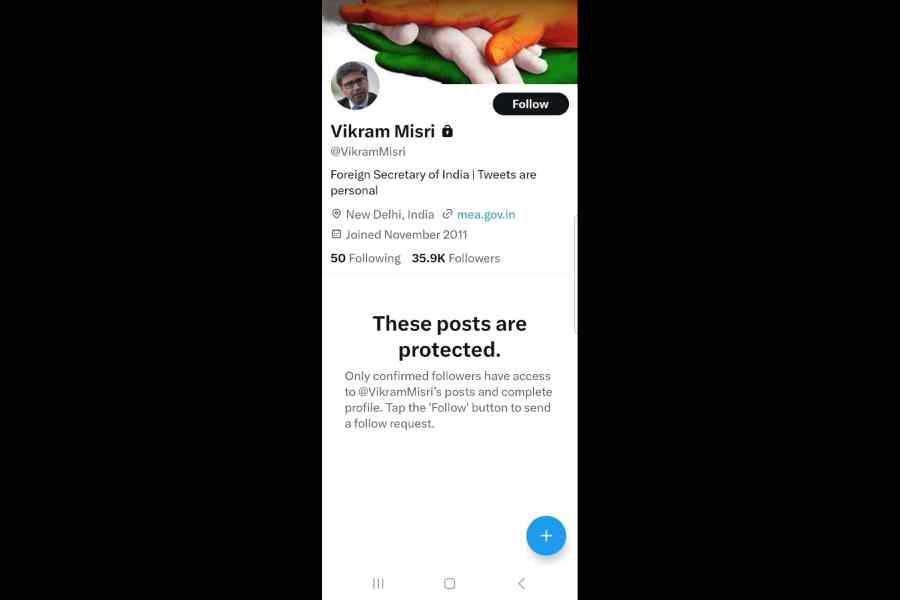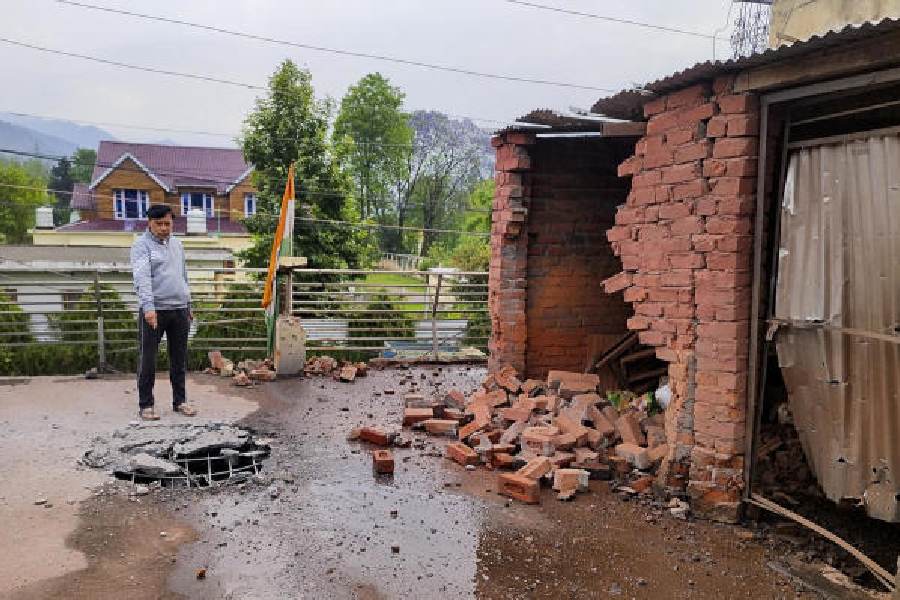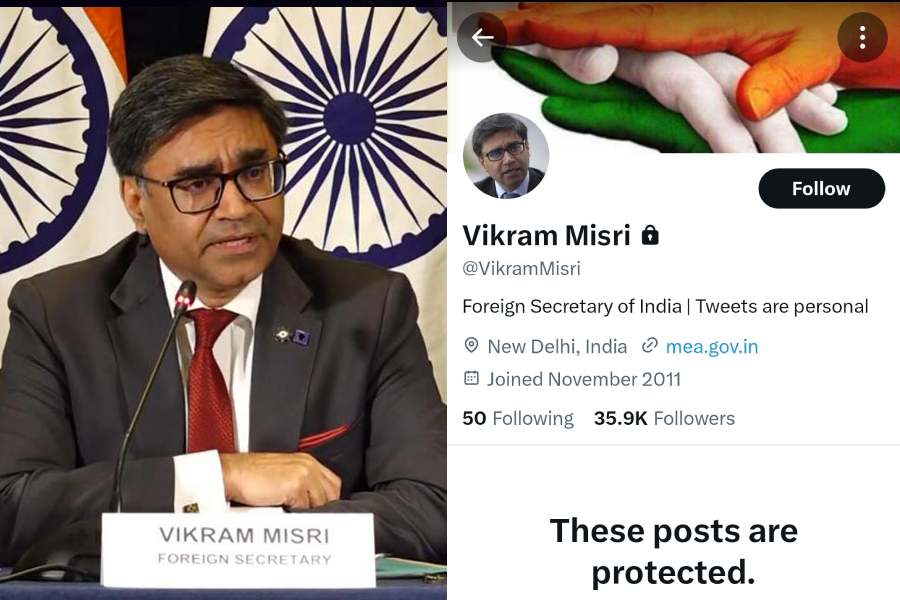New Delhi, June 13 :
New Delhi, June 13:
A survey carried out by the BJP has placed the Samajwadi Party ahead of the others in the race for numbers in Uttar Pradesh.
BJP sources in the state said their projection was that Mulayam Singh Yadav's party would finish first with 115 to 120 seats, followed by the BJP and the Bahujan Samaj Party (BSP) with about 100 seats each. The BJP's tally includes that of its existing allies - the Loktantrik Congress Party, Kisan Mazdoor Bahujan Party and the Samata Party.
According to the projection, the Congress could secure between 40 and 45 seats, Kalyan Singh's party 20 to 25 and
Ajit Singh's Rashtriya Lok Dal (RLD) about 20.
The survey indicates a hung House with no party or combine anywhere within striking distance of power. In a House of 403, a party or combination would require at least 200 elected members to stake claim to form the government.
Pyarelal Khandelwal, the general secretary in overall charge of elections, claimed that his feedback was that the BJP's graph was 'not sliding as fast as is being propagated'. A random survey in districts like Lucknow, Kanpur, Bhadohi and Deoria showed that 'people appreciated the work done by our government', he said. 'This is not to say there's no anger against us,' he added. 'But there is no anti-BJP wave either.'
BJP sources said the party's main goal in Uttar Pradesh was to 'somehow' bridge the gap in the tally projected for itself and the Samajwadi.
They said the party would try to recompense the loss of more backward-caste votes after the exit of Kalyan Singh by roping in caste-based parties like the RLD and the Apna Dal which represent the Jats and Kurmis. 'Even if they don't add substantially to our vote percentage, an alliance with these parties will, at least, ensure that the votes of these castes do not split,' the sources said.
There is a perception within the BJP that its biggest drawback is the lack of Kalyan Singh. 'Between 1984 and 1989, he built a constituency of the more backward castes like Tellis, Koeris, Kumhars and Mallahs. In one stroke we have lost all of them. The five per cent drop in our vote percentage between the 1998 and 1999 Lok Sabha election is proof of that,' the sources said.
BJP strategists are planning to stem the flight of the upper castes. 'The Brahmins, Thakurs and Banias are notorious for being on the right side of power and right now these castes do not see the BJP as the best candidate for forming the next government. So they are gravitating towards the Samajwadi or the BSP,' an MP said.
He said in his own constituency, dominated by the upper-caste Bhumihars, prominent BJP members were flocking to BSP leader Mayavati with the assurance of delivering a chunk of the upper-caste votes to her solid Dalit base.
'Mayavati's unshakeable Dalit following is like an investment for the upper castes to build their own fortunes. The BJP has no such fixed caste loyalty any more,' the leader said. BJP sources said Mayavati has given a 'pro-upper caste' signal by toning down her rhetoric and identifying 'winnable' Brahmin and Bhumihar candidates from the Congress and the BJP to fight on a BSP ticket.
 Monday, 12 May 2025
Monday, 12 May 2025

